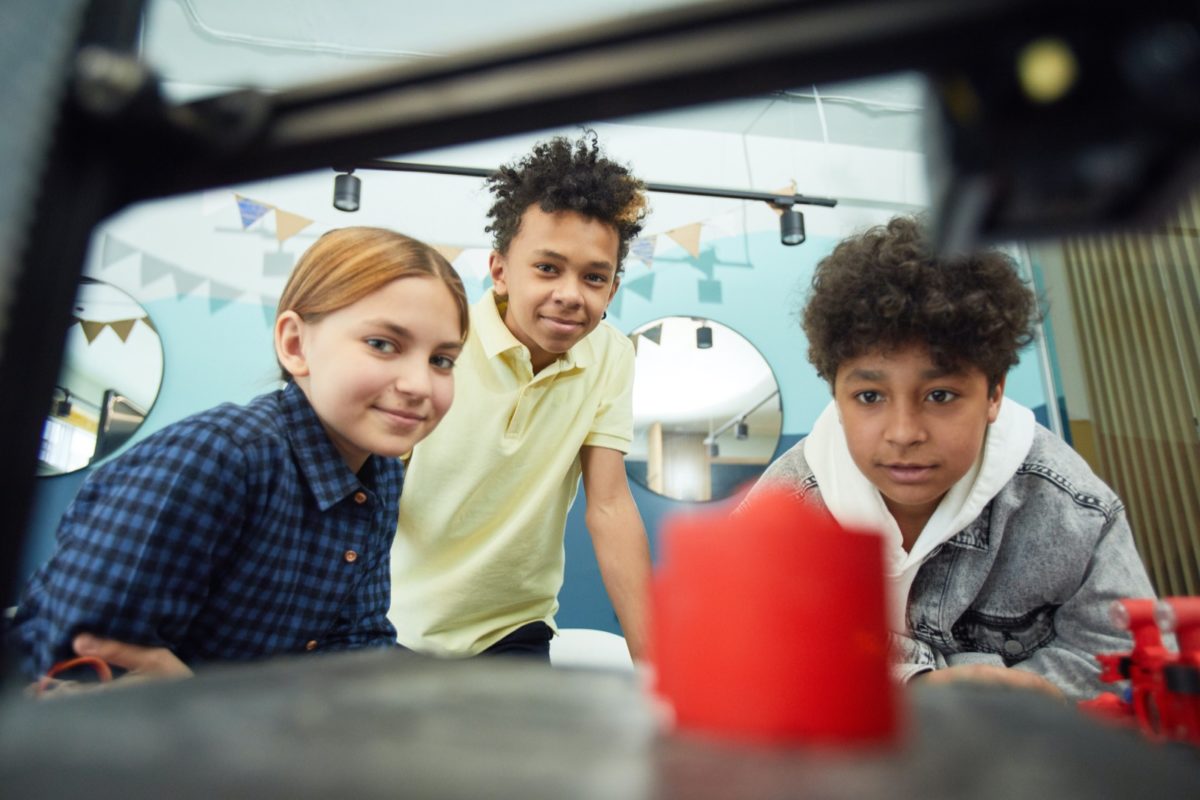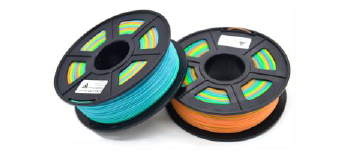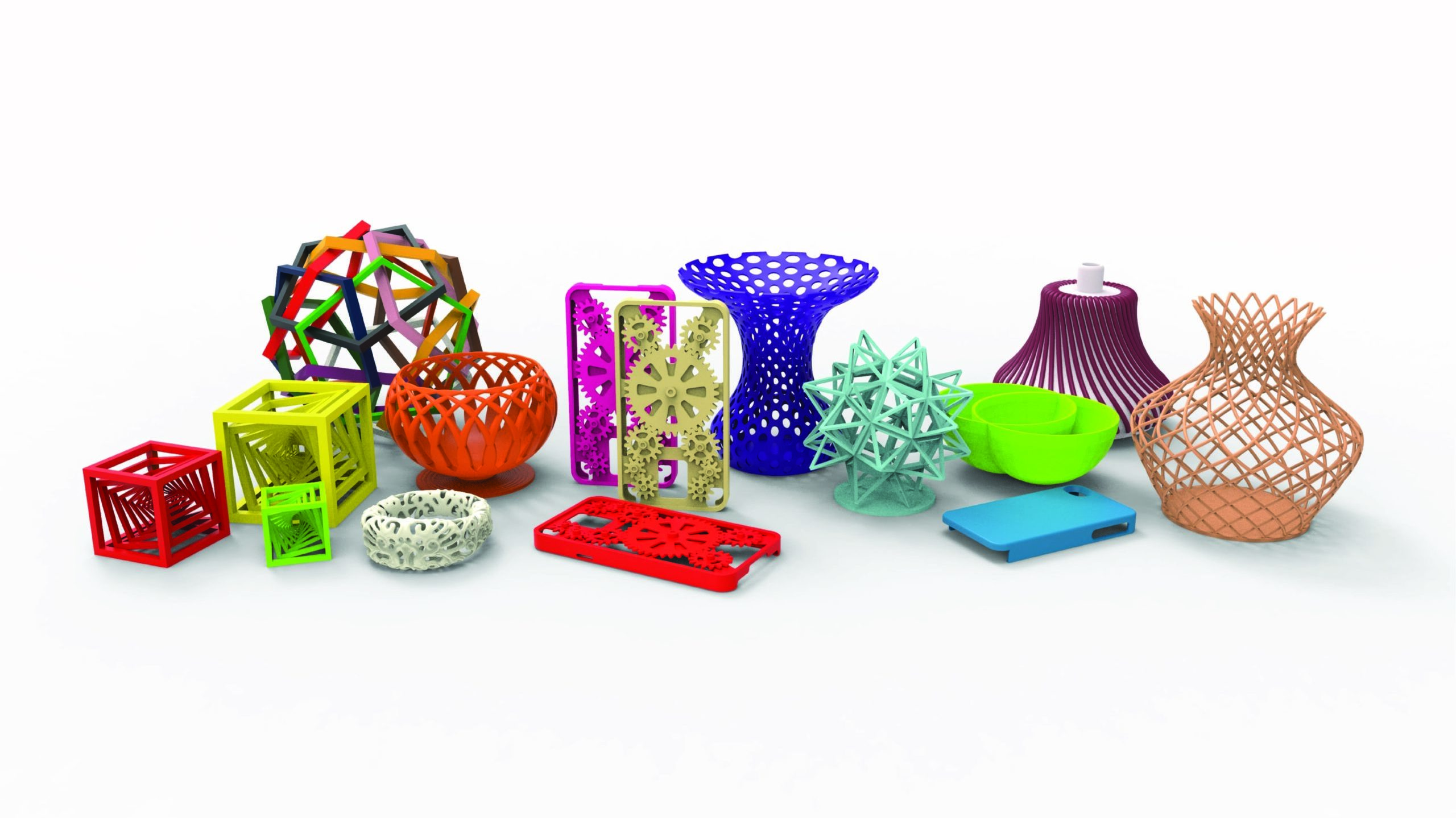The Best Types of 3D Printer Filament

As an educator, you know that 3D printing can be a fun and valuable tool for your students. But what kind of filament should you use? Different types of filament are available, each with its advantages.
In this blog, let’s look at the best types of 3D printing filament for classrooms. We’ll also discuss how to choose the suitable filament for your project. So whether you’re a newbie or an experienced 3D printer, this blog post is for you! Stay tuned.
What is a 3D printer filament?

A 3D printer filament is a material used in 3D printing to create objects. It usually consists of plastic, but other materials, such as metal and ceramic, can be used as filaments. The filament is extruded from the printer’s nozzle and deposited in layers to form an object. The most common type of 3D printer filament is ABS (acrylonitrile butadiene styrene) or PLA (polylactic acid).
Each type of filament has unique properties, so it’s essential to consider the application before selecting a material.
Best types of 3D printer filament
As 3D printers become increasingly popular, the type of filament you can use with them also increases. So, what are the best 3D printer filament types? And why do they work well? Check out the following:
PLA
Most 3D printing filaments are made of polylactic acid or PLA. PLA is also the most accessible. It’s non-toxic, and by using an industrial composter, it can be composted. Since it’s made from corn starches, it’s not like other plastics. PLA filaments melt at temperatures between 190°C and 215°C, which are 374°F and 419°F, making them the safest filaments for extrusion.
There are advantages to using PLA filament over other filaments for 3D printers in terms of their environmental impact. It will biodegrade under certain commercially attainable conditions. We hesitate to call the material environmentally friendly in any meaningful sense since it cannot be composted. However, you can certainly argue that it is more environmentally friendly than other materials.
PETG
PETG or polyethylene terephthalate glycol has heat-resistant properties similar to PLA but without toxic fumes. Printing PETG is more accessible than printing PLA, though it requires a little more attention. Due to its flexibility, strength, and resistance to high temperatures and impacts, PETG stands out from the other 3D printer filament types.
In addition, it allows you to print protective components, mechanical parts, and printer parts that may experience sustained or sudden stress.
ABS
Its moderate superiority outweighs its drawbacks, such as warping without a hot print bed, though Acrylonitrile Butadiene Styrene or ABS is a bit more challenging to print than PLA.
ABS is vital in terms of strength and temperature resistance because it can withstand high-stress levels. Furthermore, it is moderately flexible, although there are certainly better alternatives.
When ABS is used for objects that are handled frequently, dropped, or heated, its strength comes through its combined properties. ABS is an excellent filament for general-purpose 3D printers and 3D printer filaments. LEGO bricks and bicycle helmets, among other items, are made from ABS, commonly used in injection molding.
TPU
TPU, or Thermoplastic Polyurethane, is essentially a plastic with rubber-like qualities that is highly flexible and durable. It belongs to the class of thermoplastic elastomers (TPE). This material has numerous applications, including medical supplies, automobile parts, and household appliances.
When creating objects that will be subjected to a lot of wear and tear, you can use TPE or TPU. This 3D printer filament should be strong enough to bend, stretch, or compress 3D-printed parts.
A few examples of things you can print include phone cases and toys. Although TPC is suitable for similar applications, it has special advantages in harsher environments, such as outdoors or in hot places like cars.
Advantages of using a 3D filament in classrooms
Three-dimensional (3D) printing technology is becoming increasingly popular in various settings, including schools. There are several advantages to using 3D filaments in classrooms, including the fact that they can help to teach children about geometry and spatial awareness.
If you use 3D filament for the classroom, your students will have the following advantages:
- A greater level of participation from your students: sing a 3D filament in the classroom can help to increase student engagement. Students are often more interested in learning when they can see and touch the material they are studying. Additionally, using a 3D filament can help make abstract concepts more concrete, making them more accessible for students to understand.
- Gives the students the ability to be more creative: Another benefit of using a 3D filament in the classroom is that it can enhance creativity. Allowing students to create their 3D models can help them to think outside the box and come up with new and innovative solutions to problems.
- Enhanced problem-solving abilities of the learners: In addition to enhanced creativity, using a 3D filament in the classroom can also help to improve problem-solving skills. As students create their models, they will be forced to think critically about putting the pieces together to achieve the desired result. This process can help students learn how to break down complex problems into smaller, more manageable pieces.
Why you should choose our PLA filaments
Do you need help finding a suitable filament for your 3D printer? Take a look at our PLA filament selection. We make our filaments with educators and school staff in mind, so you can be sure they will work effortlessly with your printer. Our wide selection of colors also means you can always find suitable filament for your project. Our PLA filaments are ideal for the following reasons:
- An improved aesthetic appearance: PLA filaments come in various colors, which can help make the classroom more visually appealing. Additionally, PLA filaments can create 3D-printed objects with multiple shapes and sizes. This can add an element of fun and creativity to the classroom.
- An enhanced engagement experience for students: When students can see and touch 3D-printed objects, they are more likely to be engaged in the lesson. Additionally, using a 3D printer in the classroom can help bring lessons to life and make them more relatable.
- Achieving better learning outcomes: Using a 3D PLA filament in classrooms can also improve learning outcomes. Studies have shown that students exposed to 3D-printed objects are better able to retain information and perform better on tests than those who are not. Additionally, using a 3D printer in the classroom can help make abstract concepts more concrete for students, aiding their understanding.
Our 3D filament won’t let you down

You’re a teacher who wants to use 3D printing in your classroom. But there are so many different options that it can be hard to choose which is suitable for you. Your students have been asking for PLA filaments, and you want to ensure they get quality filaments that will work well with their printers.
When it comes to 3D printing, there’s no better filament than AGC Education PLA Filament. Our premium grade PLA ensures a consistent color and smooth finish every time you print with our filament! If you’re looking for high-quality PLA filaments that won’t break the bank, look no further than AGC



